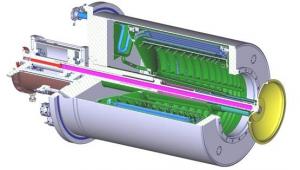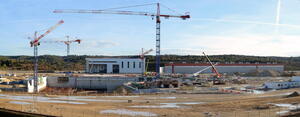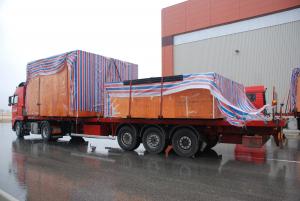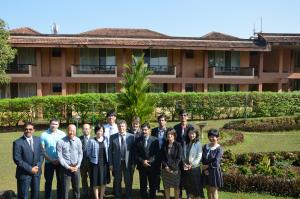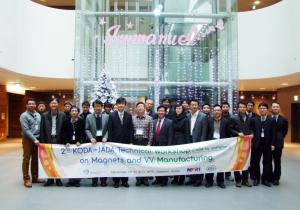What’s New
20 January 2014
ITER news digest for the period of 6 January 2014 to 20 January 2014.
The future of fusion with ITER


In the media
Max-Planck-Institut für Plasmaphysik
Engineering & Technology Magazine


